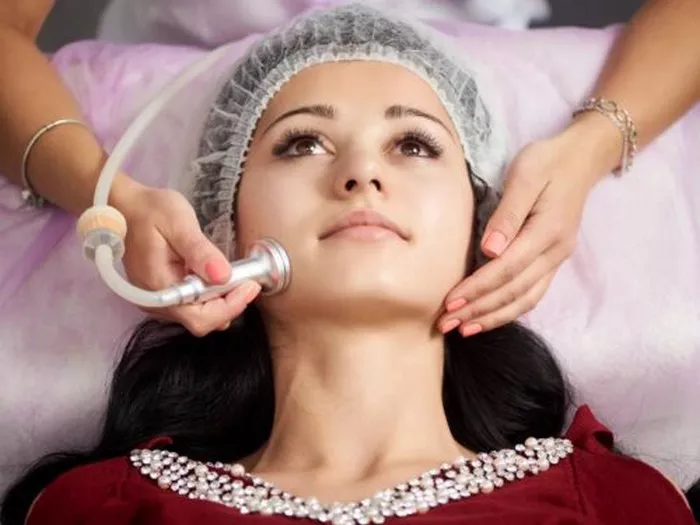As the years go by, our skin naturally undergoes various changes, and one of the most visible signs of aging is the development of wrinkles. However, thanks to advancements in cosmetic dermatology, there are now several effective treatments available to address this concern. One such popular treatment is Botox, a cosmetic procedure that has gained immense popularity for its ability to reduce the appearance of wrinkles. In this article, we delve into the science behind Botox, how it works to combat wrinkles, its benefits, and potential side effects.
Understanding Botox
Botox, short for Botulinum toxin, is a neurotoxic protein derived from the bacterium Clostridium botulinum. In its natural form, this toxin can be dangerous; however, in controlled and diluted amounts, it is used for various medical and cosmetic purposes. Botox is primarily used to treat wrinkles caused by repeated muscle movements and contractions, such as those formed through facial expressions like smiling, frowning, and squinting.
How Botox Works
Botox works by temporarily blocking nerve signals in the muscles where it is injected. When injected into specific areas, such as the forehead, between the eyebrows, and around the eyes, it inhibits muscle contractions that lead to the formation of dynamic wrinkles. By relaxing these muscles, Botox effectively reduces the appearance of existing wrinkles and prevents the formation of new ones.
Benefits of Botox for Wrinkles
Smoothing Wrinkles: Botox is renowned for its ability to smooth out fine lines and wrinkles, particularly those caused by repetitive facial expressions. This results in a more youthful and rejuvenated appearance.
Non-Invasive Treatment: Unlike surgical procedures, Botox is a minimally invasive treatment option. It involves a few injections and typically requires no downtime, making it a convenient choice for individuals with busy lifestyles.
Quick Results: Botox offers relatively quick results, with visible improvements becoming noticeable within a few days to a couple of weeks after the treatment. This quick turnaround time is appealing to those seeking immediate aesthetic enhancements.
Longevity: While Botox is not a permanent solution, its effects can last for several months. Maintenance treatments are usually recommended to sustain the desired results.
Potential Side Effects
While Botox is generally safe when administered by a qualified medical professional, there are potential side effects to consider. These can include temporary bruising, redness, swelling, or mild discomfort at the injection sites. In rare cases, patients might experience headaches or a slight drooping of the eyelid. It’s crucial to consult with a trained medical practitioner to ensure the treatment is suitable and safe for individual circumstances.
Conclusion
Botox has revolutionized the field of cosmetic dermatology by offering a minimally invasive solution to one of the most common aesthetic concerns—wrinkles. Its ability to temporarily relax muscles and reduce the appearance of wrinkles has made it a sought-after treatment for individuals looking to achieve a more youthful appearance. As with any medical procedure, it’s essential to approach Botox treatments with the guidance of a qualified and experienced medical professional to ensure optimal results and minimize any potential risks. If you’re considering Botox for wrinkles, a consultation with a medical expert can help determine whether this treatment aligns with your aesthetic goals and overall health.


